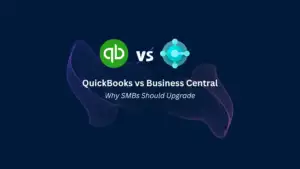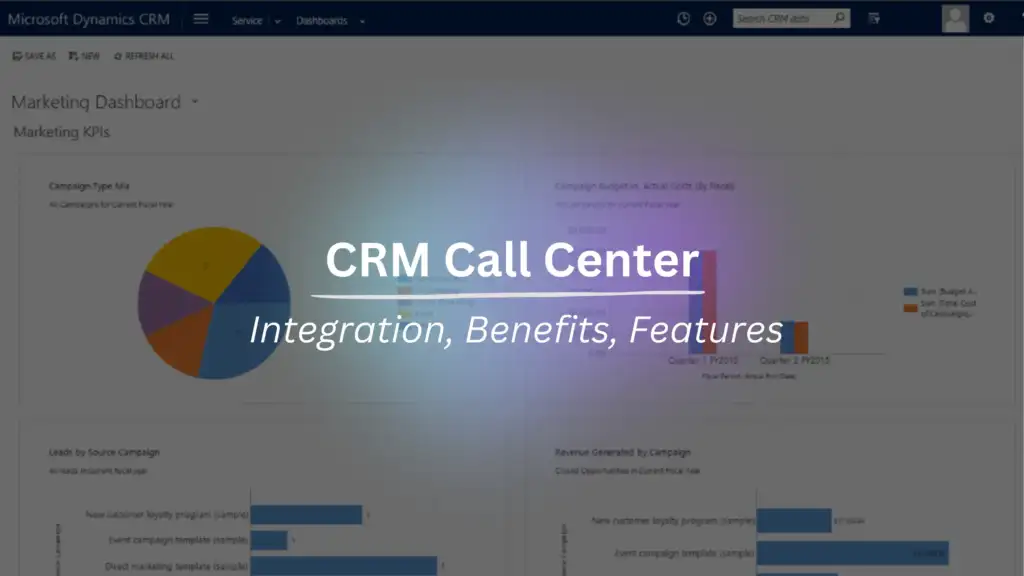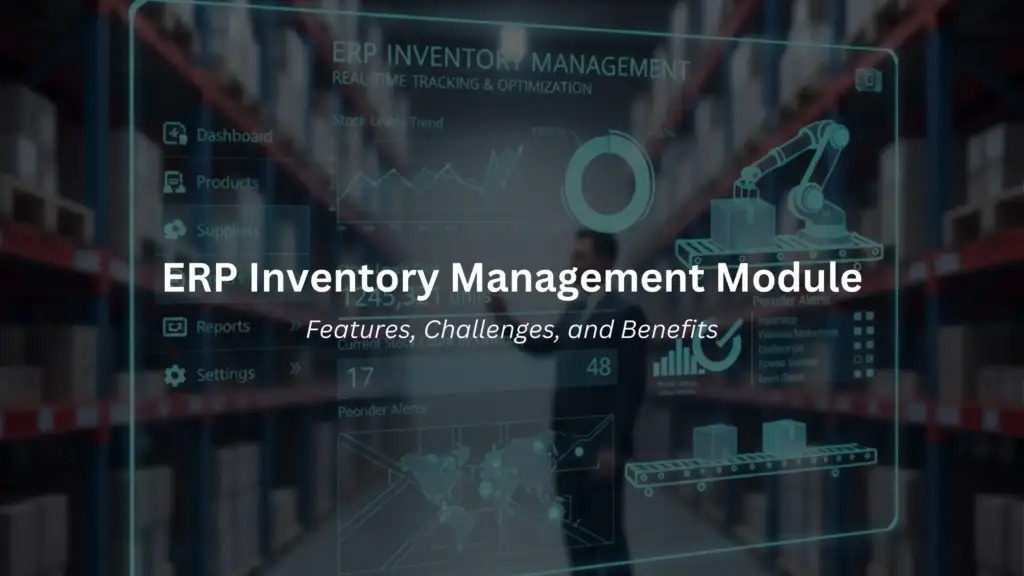Nikoo Samadi
If your Canadian team can’t find the right file in under a minute, your document management system is slowing you down. Microsoft SharePoint helps Canadian businesses organize and share documents efficiently. In 2025, over 190 million people use SharePoint worldwide, and it plays a key role in Microsoft 365 apps like OneDrive, Teams, and Outlook 365.
Many Canadian organizations still face problems with cluttered libraries and poor folder structures. These issues hurt productivity and create security risks. This guide covers practical steps to keep your SharePoint environment organized and secure. We will also look at new features Microsoft added recently to help you manage documents better.
Why Document Management Matters in 2025
The way we work has changed a lot. Remote and hybrid work are now common, and teams need quick access to files from anywhere. Without a good document management system, people waste time searching for documents or risk using outdated information.
Microsoft SharePoint is a key part of the solution. It’s included in Microsoft 365, a suite of tools designed to help people collaborate smoothly. Over 190 million users rely on SharePoint to store and manage files every day.
Two other important tools in this suite are OneDrive and Outlook 365. OneDrive lets you store personal files securely and sync them across devices, so you can access your work from anywhere. Outlook 365 handles your email and calendar, keeping communication and scheduling on track. Together, these tools help create a connected and productive work environment.
Studies show that poor document management can cost Canadian businesses up to 20% of their productivity. Cluttered files and unclear access rules lead to mistakes and slowdowns. Keeping documents organized, secure, and easy to find is essential for fast decision-making and smooth teamwork.
In the next section, we’ll share practical best practices to help you set up SharePoint for success in 2025 and beyond.
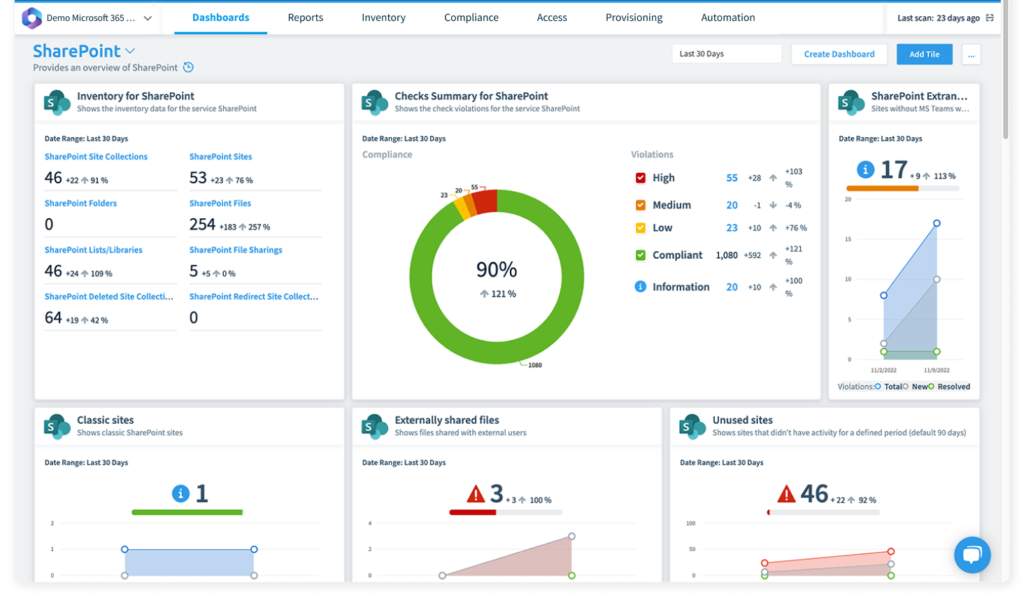

Best Practices for Document Management in SharePoint
Good document management in Microsoft SharePoint doesn’t happen by chance. It requires some planning and tools. Here’s how Canadian teams can make the most of SharePoint in 2025:
1. Organize with Metadata and Tags
Think of metadata as labels or tags you stick on your documents. Instead of just putting files in folders, you add extra information like “Project Name,” “Document Type,” or “Date.”
This helps you find files faster because you can search or filter by these labels, not just by folder location. For example, you could quickly pull up all documents tagged “Marketing” from the last month.
2. Use Version Control
When many people work on the same document, it’s easy to lose track of changes or accidentally overwrite something important.
Version control keeps copies of every change. If someone makes a mistake, you can go back and restore an earlier version. It’s like having a “save history” for your files.
3. Set Up Permissions and Access Control
Not everyone should see every file. Some documents might be sensitive or meant only for certain teams.
Permissions control who can open, edit, or delete documents. In SharePoint, you can set these rules for entire sites, folders, or even single files. This keeps your information safe and organized.
4. Leverage OneDrive and Outlook 365 Integration
OneDrive is a personal cloud storage that connects with SharePoint. It lets you sync files from SharePoint to your computer so you can work on them offline, without needing to be online all the time.
Outlook 365 is the email and calendar app in Microsoft 365. It links with SharePoint, so you can easily attach and share files in emails or calendar invites, making teamwork smoother.
5. Automate Workflows with Power Automate
Power Automate is a tool that helps you create automatic actions. For example, when someone uploads a document, you can set a rule to send an approval request to a manager automatically.
This saves time and reduces manual work by handling repetitive tasks for you.
6. Regularly Review and Archive Old Files
Over time, your document libraries can fill up with outdated or unused files. This makes it harder to find what you need.
Set a schedule, like every 6 months, to review your files. Move old files to an archive or delete them if they’re no longer needed. This keeps SharePoint running smoothly and speeds up searches.
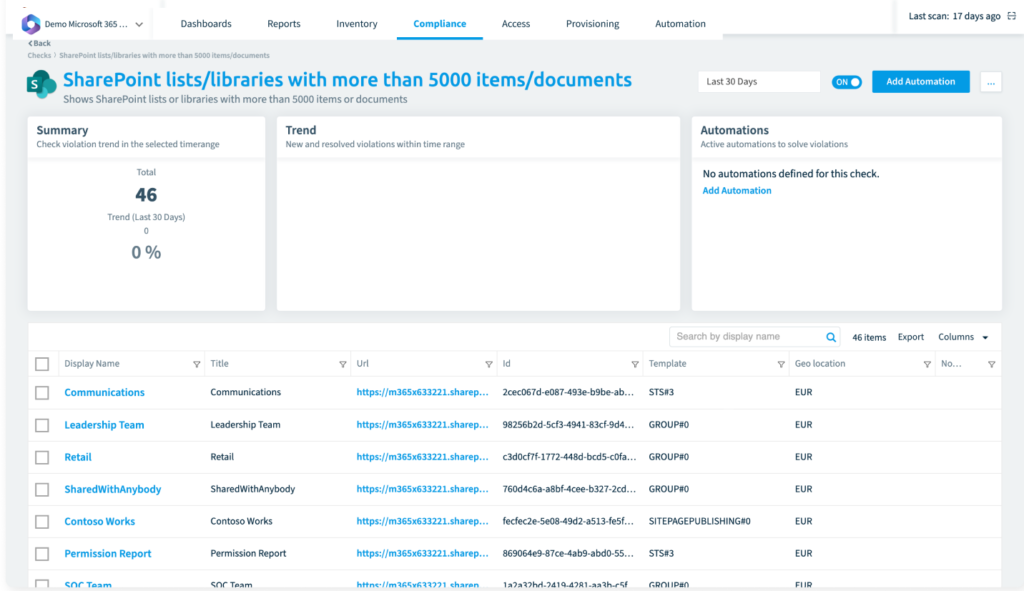

Security and Compliance in SharePoint
Keeping your documents safe is just as important as organizing them, and Microsoft SharePoint offers tools to help protect your data and meet legal or industry requirements, which is especially important for Canadian businesses facing regulatory standards.
Data Loss Prevention (DLP) helps stop sensitive information, like credit card numbers or personal data, from being shared accidentally outside your organization. You can set up rules that block or warn users if they try to share restricted content.
Permissions and Access Controls let you decide who can view, edit, or delete files. It’s important to review these settings regularly to make sure only the right people have access.
SharePoint also supports encryption, which means your files are scrambled when stored or sent, making it harder for unauthorized people to read them. Microsoft explains its approach to data encryption in Microsoft 365.
For businesses with regulatory requirements, SharePoint provides compliance tools like audit logs and retention policies. Audit logs track who accessed or changed documents, helping you investigate if there’s a security issue. Retention policies ensure files are kept or deleted according to legal needs.
Recent 2025 Updates on SharePoint Security
In 2025, Microsoft has introduced several important security improvements to SharePoint to keep pace with evolving threats and compliance demands.
One key update is expanded multi-factor authentication (MFA) options. MFA now supports more flexible verification methods, including biometric factors and app-based approvals, making it harder for unauthorized users to access accounts even if passwords are compromised.
Microsoft also deepened SharePoint’s integration with Microsoft Purview, its compliance and risk management platform. This allows organizations to automate data classification, apply sensitivity labels, and enforce retention rules more effectively across documents.
On the AI front, new machine learning models help detect unusual activities such as sudden bulk downloads or irregular sharing patterns. These AI alerts let administrators respond faster to potential data breaches or insider threats.
Together, these updates help organizations balance strong security with seamless collaboration, supporting safer document management in today’s hybrid work environments.
Common Mistakes to Avoid in SharePoint Document Management
Even with powerful tools like SharePoint, teams often run into problems that hurt productivity and security. Avoid these common mistakes to get the most out of your document management system:
1. Relying Only on Folders
Many users organize files strictly in folders, which can lead to deep, confusing structures. For example, a folder with multiple subfolders can make finding files slow and frustrating. In 2025, Microsoft recommends using metadata and tags alongside folders. Metadata lets you add labels like “Project,” “Client,” or “Document Type,” so you can quickly filter or search without digging through many folders.
2. Ignoring Permissions Settings
Not setting or reviewing permissions regularly can cause serious problems. For instance, an employee who leaves your company might still have access to sensitive files if permissions aren’t updated. Microsoft advises scheduling regular permission audits to ensure only current team members have access.
3. Skipping Version Control
Without version control, you risk losing work or having conflicting edits. Imagine two people editing the same contract and accidentally overwriting each other’s changes. SharePoint’s version history saves every change automatically, so you can restore previous versions if needed.
4. Overloading Libraries
Putting too many documents into a single library can slow search performance and make navigation difficult. For example, a sales team dumping every file into one library without sub-division can make finding last quarter’s report a challenge. A best practice is to create separate libraries for departments, projects, or document types to keep things organized and fast.
5. Neglecting Regular Clean-Up
Old or unused files can clutter your environment and reduce efficiency. Microsoft recommends setting up retention policies to archive or delete outdated files automatically. Regular reviews every 6 to 12 months help keep SharePoint clean and performing well.
Simplify Your Decision with GEM365
Get in touch with GEM365 to guide you through the process and get consultation for free.
Final Thoughts
Optimizing document management in Microsoft SharePoint helps your Canadian team work faster, stay organized, and protect sensitive information. In 2025, the tools within SharePoint and the wider Microsoft 365 ecosystem continue to evolve, offering new ways to improve collaboration and security.
Start by organizing your files with metadata, using version control, and setting clear permissions. Take advantage of integrations with OneDrive and Outlook 365, and explore automation options like Power Automate to save time. Regularly review and clean up your document libraries to keep everything running smoothly.
Finally, don’t forget security and compliance. Use Data Loss Prevention, encryption, and Microsoft Purview tools to protect your data and meet legal requirements.
With these best practices, you can make SharePoint a powerful hub for your Canadian business’s document management needs.
Table of Contents
Read more


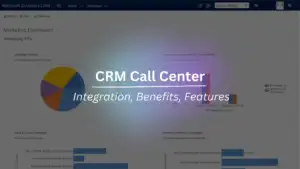

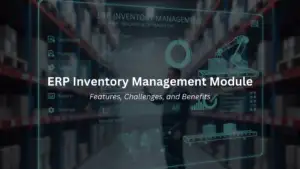

ERP Inventory Management Module: Features, Challenges, and Benefits
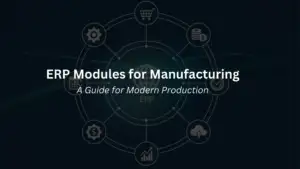

ERP Modules for Manufacturing: A Guide for Modern Production
